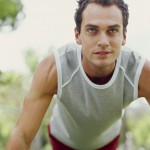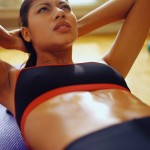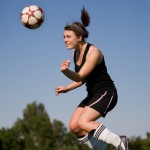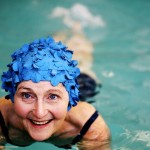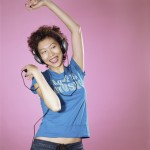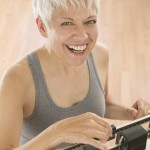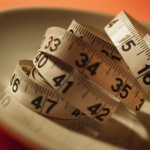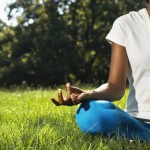 The mind-body world has been shaken up lately with an article in the New York Times stating that yoga can wreck your body. The title of the article was quite shocking, but could it be true? What about all the benefits we hear about? The author of the article, William Broad, has a book coming out in February which discusses the benefits and risks of performing yoga. The New York Times article focused solely on the damage that yoga can do. These claims are supported by a yoga teacher and a few research articles. Does this mean that yoga is now dangerous and you should stop your practice? To answer that question, we need to assess the source of where the claims are originating.
The mind-body world has been shaken up lately with an article in the New York Times stating that yoga can wreck your body. The title of the article was quite shocking, but could it be true? What about all the benefits we hear about? The author of the article, William Broad, has a book coming out in February which discusses the benefits and risks of performing yoga. The New York Times article focused solely on the damage that yoga can do. These claims are supported by a yoga teacher and a few research articles. Does this mean that yoga is now dangerous and you should stop your practice? To answer that question, we need to assess the source of where the claims are originating.
When assessing the legitimacy of a source, you must first understand the difference between anecdotal evidence and scientific evidence. Anecdotal evidence is based on casual observations rather than rigorous analysis. These observations may be true; however we cannot definitively say they are factual as they have not undergone the scientific method. Scientific research requires the scholar to adhere to strict protocols for investigation into an issue. Once, the issue has been studied in a controlled environment we can begin to formulate an educated opinion.
So does that mean if it is a statement supported by a research study, that it is true and you should believe it? No. One research study does not create an absolute decision in an area. Each research study is constrained by its participants and its methods. First, we need to ask the question, who was in the research study? For example, if all participants were post-menopausal Caucasian women, then the findings of the study can only be related to that specific population as the findings may not hold true for African American older men. We also need to determine how the study was conducted or how well controlled was the experiment? For example, if we were looking at the effects of walking on flexibility and our subjects walked in a structured program but we did not have them stop their swimming class, who is to say that walking and not swimming had an effect on flexibility. We cannot fault the researcher for these inherent issues with research as we cannot study all populations or control for every factor in an experiment. Therefore, we need to read many research articles to make an informed decision.
So where does this leave us in relationship to yoga and injuries? The author’s claims are supported by anecdotal statements and a few research studies which do not provide us with enough information to make an informed decision as to the safety or dangers of yoga. Until more research can be done in this area, remember as with any exercise, injuries can occur when we push our bodies past its limits. Respect the signals your body provides and enjoy your practice.
Jan Schroeder, PhD, is a professor of Kinesiology at California State University, Long Beach.
 Subscribe
Subscribe